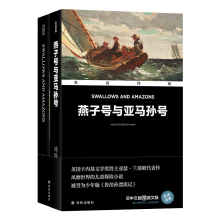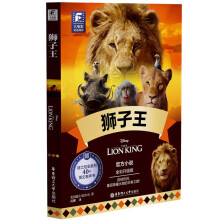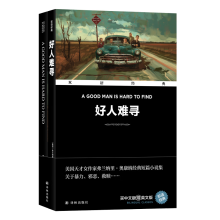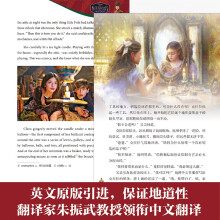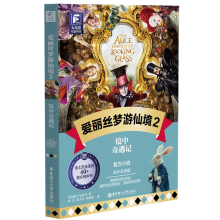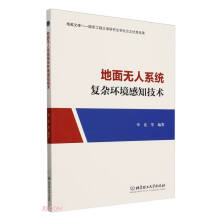01 Harlan Ellison[M]
科幻大师哈兰•埃里森
1 The great AM, the supercomputer/tormentor/god at the centre of Harlan Ellison’s story “I Have No Mouth and I Must Scream” (1967), outdid its creator in bile(憎恨) and anger. But not by all that much. ①Celebrated as a pyrotechnic(出色的) writer of short fiction, screenplays, comic books and criticism, Mr Ellison was as prodigious(巨大的) a source of anecdote, vendetta and litigation. The dust jacket of one book called him “possibly the most contentious(有争议的)person on Earth.”
2 Mr Ellison would unleash his indignant and ingenious fury on anyone who offended him, relishing every opportunity to rage at reactionaries(保守分子)and Republicans. But he saved his fiercest and most litigious ire(怒火) for people who had snubbed(冷落), perverted(侵害),stolen or paid too little for his work. He was expelled from Ohio State University for hitting a professor who once belittled his writing ability. Over the next 20 years he sent the professor a copy of every story he published. In the midst of a dispute over a contract, he mailed 213 bricks to a publisher, postage to be paid by the recipient. He accused a studio executive of having the intellectual capacity of an artichoke(洋蓟) . A YouTube rant (怒吼) about Warner Bros wanting to use an interview with him without paying has become justly famous. ②“I’ve only been an asshole to assholes,” he would say; he seemed to come across enough of them to remain almost permanently in their ranks.
3 Mr Ellison was small and Jewish, both of which got him bullied a lot growing up in Cleveland in the 1930s and 1940s. On leaving home he claimed to have become a crop-picker, tuna(金枪鱼) fisherman, gun for hire(合约杀手), nitroglycerine(硝化甘油) truck driver, lithographer (石印工) , short-order cook, door-to-door salesman both of books and brushes (not at the same time) and a customer-services representative in a department store. He wrote his first novel, “Web of the City”, while undergoing basic training for the army at Fort Benning, Georgia. Previously peripatetic(流动工作的) , in 1962 he moved to California and stayed there. It was not exactly a settling down. By the 1980s Mr Ellison had had five wives. He credited the last, Susan Toth, whom he wed in 1986, with saving him.
4 Novels, although he wrote three between 1958 and 1961, turned out not to be his thing. ③“Mr Ellison’s stories”, his friend, the writer Neil Gaiman, says, “sparkle and glitter(闪光) and shine and wound and howl…you can see Harlan experimenting, trying new things, new techniques, new voices.” To maintain such intensity and inventiveness for hundreds of pages would have been exhausting to all concerned.
5 The stories repeatedly garnered him science fiction’s top prizes; he won eight of the Hugo awards voted on by fans at science fiction’s world conventions, or WorldCons. One of those Hugos was for writing “The City on the Edge of Forever”, perhaps the most popular episode of “Star Trek(星 际 迷 航) ” (and the occasion of an epic feud with the show’s creator, Gene Roddenberry). ④Another was for editing “Dangerous Visions” (1967), an anthology that served as a rallying-point for the “New Wave” of science fiction.
6 His television work was feted, too; the Writers Guild of America honoured three more of his teleplays, as well as the one for “Star Trek”. One of his lawsuits(诉讼) accused the producers of “The Terminator(终结者) ” (1984) of ripping off his script for “Soldier” (1964), an episode of “The Outer Limits” about a remorselessly(无情地) efficient soldier thrown back in time who ends up saving a family. ⑤He also sued the producers of “In Time” (2011) for its similarities to another of his Hugo winners,“‘Repent, Harlequin!’ Said the Ticktockman” (1965), which explores repression in a world where time can be conserved, like energy, to be recycled and used later; on that occasion, though, he dropped the suit.
展开

